
Visit Auschwitz-Birkenau

There are places on earth that give us the creeps. Their name itself pierces our hearts with fear. And even though this specific place is on the Unesco World Heritage List, there is nothing beautiful, noble or good about it. Auschwitz-Birkenau, a former Nazi concentration camp, was a machine for destroying and killing people. It is called the "Death Factory" and operated in the years 1940-1945. More than 1 000 000 people died there in horrific circumstances. It is the largest cemetery without graves.
“Arbeit macht frei” was a hypocritical, completely untrue slogan that, being a big lie, led prisoners to death. The prisoners of Auschwitz responded to it with an ironic couplet. Arbeit macht frei (Work sets you free), durch Crematorium Nummer drei (through crematorium number three).

It's hard to look at such photos. It's hard to believe that "People doomed people to this fate ".
The term 'Muslim' was commonly used in Auschwitz and other German concentration camps. It meant a prisoner who was extremely exhausted by starvation. The daily food ration in the camp contained around 800 to 1,000 calories. This amount was insufficient for the hard-working prisoners. The "Muslims" had atrophied fat and muscle, dry skin highlighted the outline of the bones, their faces took on the expression of a mask, and the eyes became blurry. Due to muscle atrophy, their movements slowed down, they slouched and preferred to stay in a crouched position. Feeling cold, they covered themselves with blankets, rags, and paper from cement bags. Over time, they became completely indifferent to external stimuli. During selection in the camp, they were sent to death in the gas chambers.

It's a terrible place, scary - but in my opinion it's a place that an adult must see at least once in their life. Adult…. Absolutely not a child. Even though I'm a big fan of taking my kids everywhere, this is the one place I wouldn't take them to. Not when they are little or even teenagers.
It may sound strange, but I actually had the need to go there. I wanted to, I really wanted to.
And believe it or not, standing there I felt fear and death. Yes, death. The guide spoke with such passion and presented the history of this place so realistically that I felt as if I had gone back in time. As if I was about to stand at the execution wall. I will never forget her words. She asked one question and then answered it: "What happens to the body when we don't eat enough?". She explained: "First our body eats fat, then the protein of the muscles and tissues of the internal organs. And then? The body dies after eating itself". Those Auschwitz survivors, called "Muslims", often weighed 35-40 kg at the time of liberation, with normal adult height.

In Auschwitz, from mid-August 1940, there was a crematorium for burning the bodies of prisoners. The crematorium could cremate up to 340 corpses a day. In mid-1942, due to the increase in the number of murdered Jews, a decision was made to build four modern and efficient crematoria and connect gas chambers with them. They were put into use in Birkenau in 1943. Each of the two larger ones could burn up to 1,440 corpses a day; two smaller ones for 768 bodies.
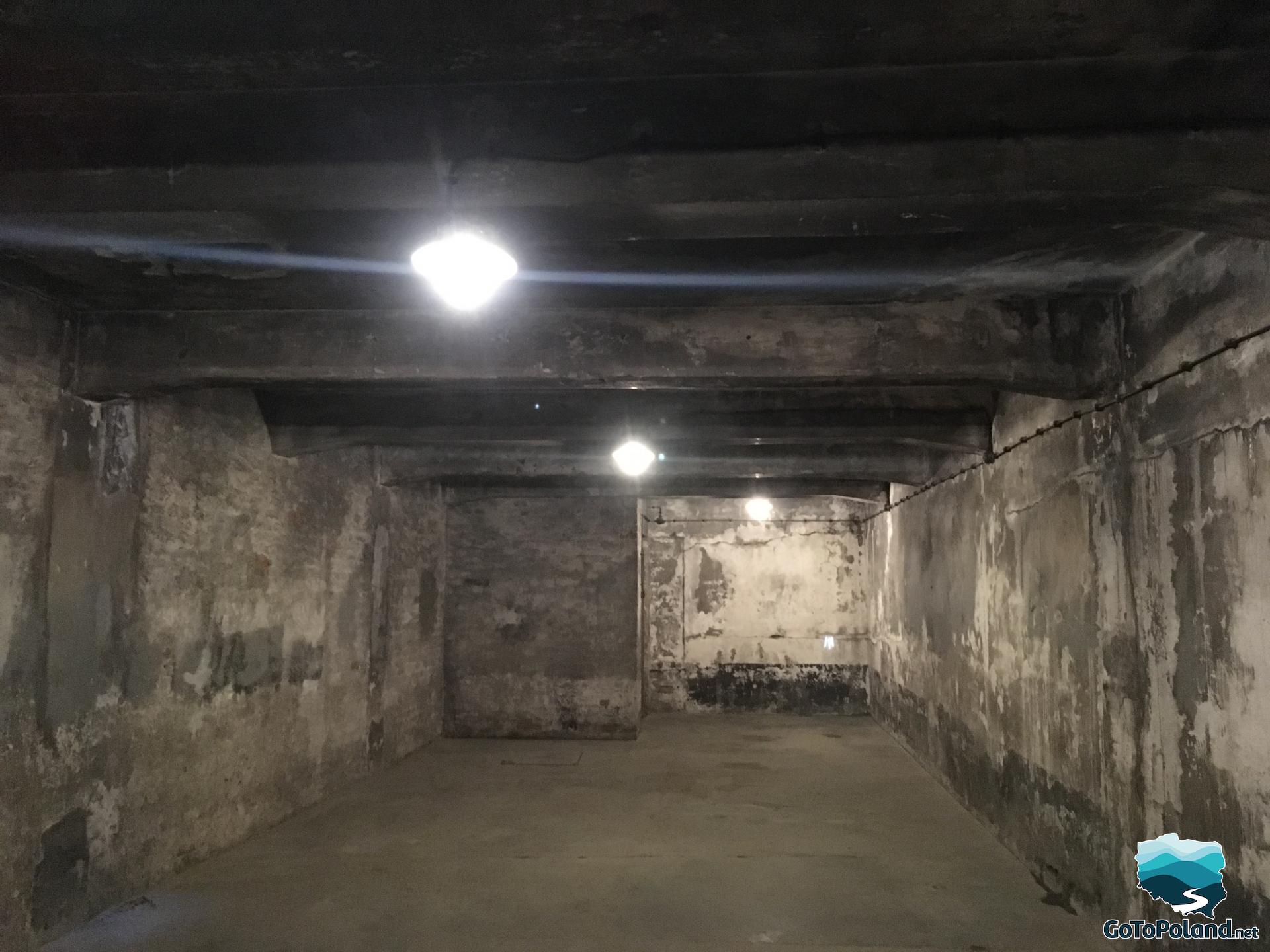

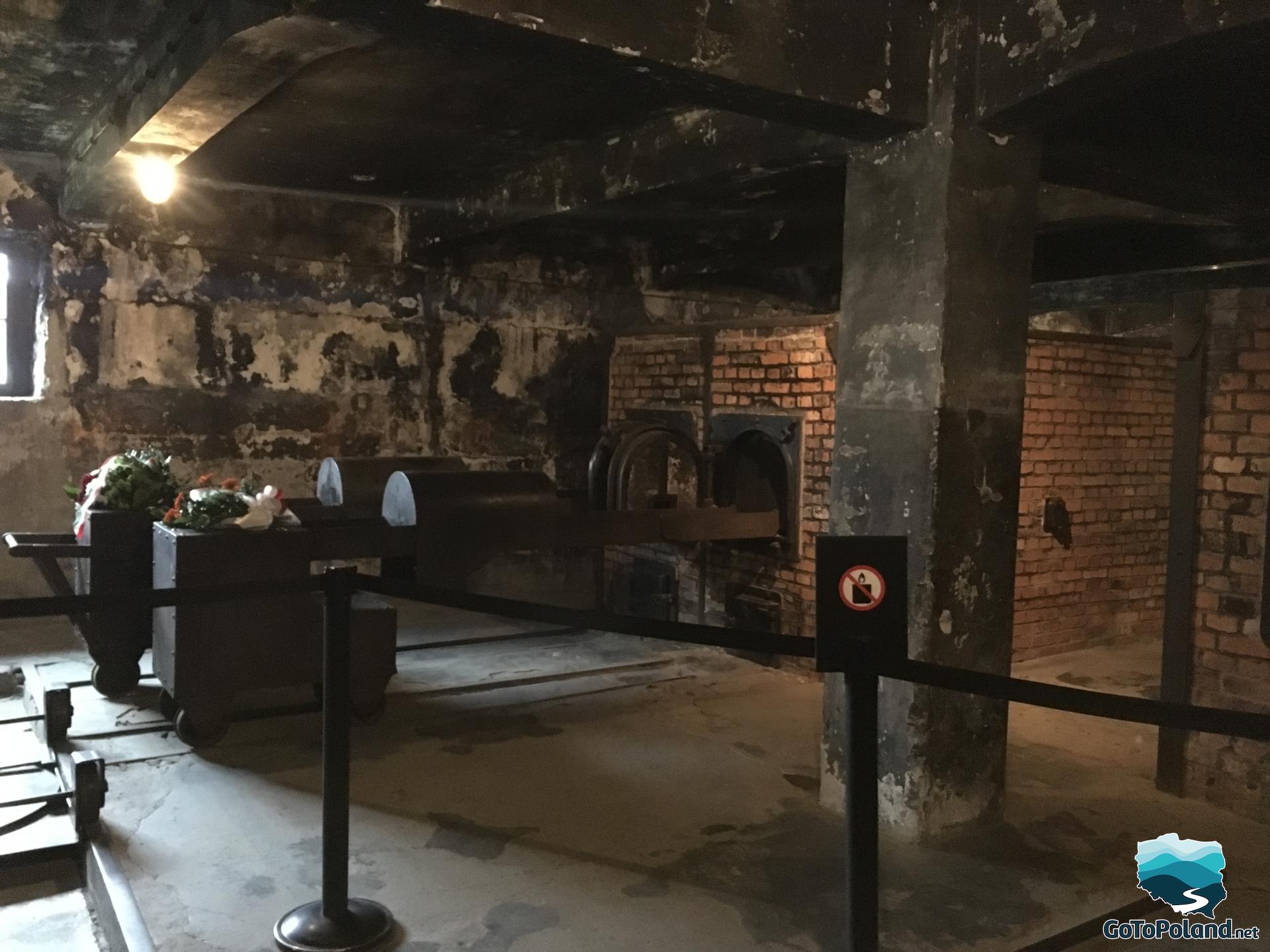


Auschwitz-Birkenau is a place that we absorb with our entire being, where even too many photos should not be taken. At most, a few, to show loved ones who haven't been there yet, the immensity of despair that emanates from this place.
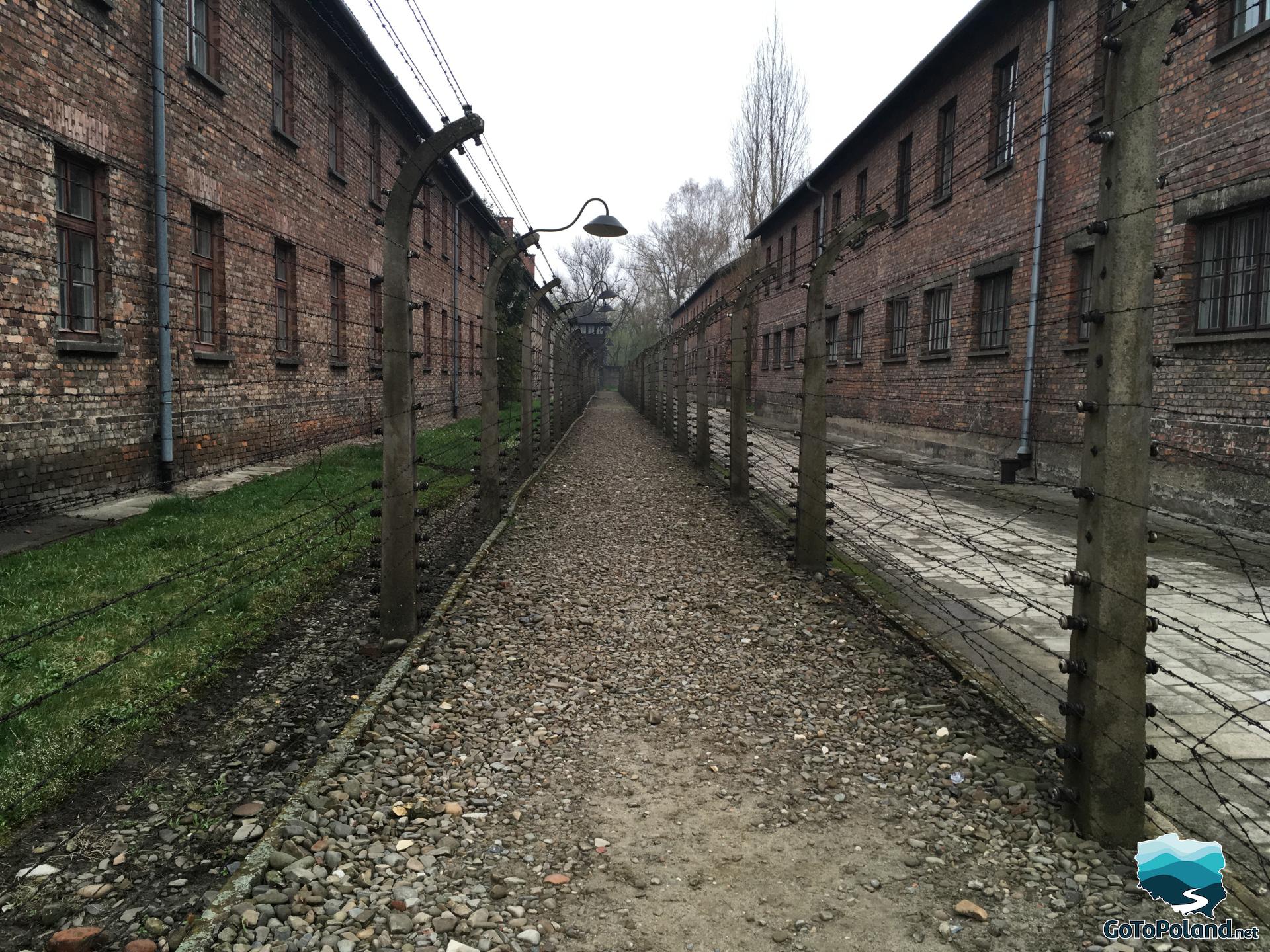
The Death Wall was placed next to the wall of the courtyard between block 10 and block 11 in Auschwitz I, in front of which for two years, from autumn 1941 to autumn 1943, the SS murdered several thousand people. The prisoners were killed by an SS man with a shot to the back of the head. After the execution, the bodies were taken to the crematorium. From the fall of 1943, executions by shooting were carried out in the Birkenau camp. The wall was removed. In 1946, former prisoners of the camp, who were also employees of the Memorial Site that was being built at that time, restored the Death Wall.

Useful information:
Opening hours in Auschwitz-Birkenau
The Museum is open all year long, seven days a week, except January 1, December 25, and Easter Sunday. You can start the visit in the following hours*:
7:30 AM - 2:00 PM December
7:30 AM - 3:00 PM January, November
7:30 AM - 4:00 PM February
7:30 AM - 5:00 PM March, October
7:30 AM - 6:00 PM April, May, September
7:30 AM - 7:00 PM June, July, August
* These are the hours of entrance to the Museum. A visitor may stay on the site of the Museum 90 minutes after the last entrance hour (i.e. 5.30 in February or 8.30 in July)
The Museum may also be closed temporarily during official state visits, ceremonies, etc. Information about interruptions to visiting are posted ahead of time on the website
Is entry to the grounds of the Auschwitz-Birkenau Memorial free of charge?
Yes, it is free. You must reserve your entry card at visit.auschwitz.org/?lang=en
For better understanding the history of Auschwitz the Museum recommends a visit with a guide-educator
Is it worth visiting Auschwitz-Birkenau with a guide-educator?
Definitely yes.
Can groups visit Auschwitz on their own?
No. Groups are required to engage a Museum guide-educator. Individual visitors have the opportunity to join a group with a guide-educator.
How long does it take to visit Auschwitz-Birkenau?
The duration of the stay depends on the individual interests and needs of visitors, but at least about 3.5 hours should be spent getting acquainted with the area and the exhibition in the former camp.
What can you visit in Auschwitz-Birkenau?
The areas and facilities of the former Auschwitz I and Auschwitz II-Birkenau camps are available to visitors. The tour of the Museum starts from the former Auschwitz I camp. Depending on the route, you can visit, among others, the prisoner barracks, the unloading ramp, the ruins of the gas chambers and crematoria II or III.
Can children visit Auschwitz-Birkenau?
It is not recommended to visit the Museum for children under 14 years of age
Is it worth booking tickets to Auschwitz online in advance?
Definitely yes.
In what languages can we visit Auschwitz?
Guides-educators are available to serve visitors in Croatian, Czech, Dutch, English, French, German, Hebrew, Hungarian, Italian, Japanese, Korean, Norwegian, Polish, Romanian, Russian, Serbian, Slovak, Spanish and Swedish.
When is the best time to book a guide?
Because of a large number of visitors guides should be reserved at least one month before a planned visit. Guided tour with an educator may be reserved:
• on the visit.auschwitz.org (up to 5 days before the visit)
• by e-mail (2-5 days before the visit - private tour with an educator)
Where does the tour of Auschwitz start?
Visitors to the Auschwitz Museum enter to the Memorial through the new Visitor Services Center located at 55 Więźniów Oświęcimia Street. The visit to the Museum begins at this point. Visitors will walk through the grounds of the Memorial and return to the building after their visit via separate, underground walkways.
Everything you need to know about visiting Auschwitz, you will find on their official website https://www.auschwitz.org/en/
It sounds strange but I invite you to see more photos from this terrible but historically important (for all of us) place.
How far is it from Warsaw to Auschwitz-Birkenau?
The distance from Warsaw to Auschwitz-Birkenau is 326 km
How far is it from Krakow to Auschwitz-Birkenau?
The distance from Krakow to Auschwitz-Birkenau is 70 km



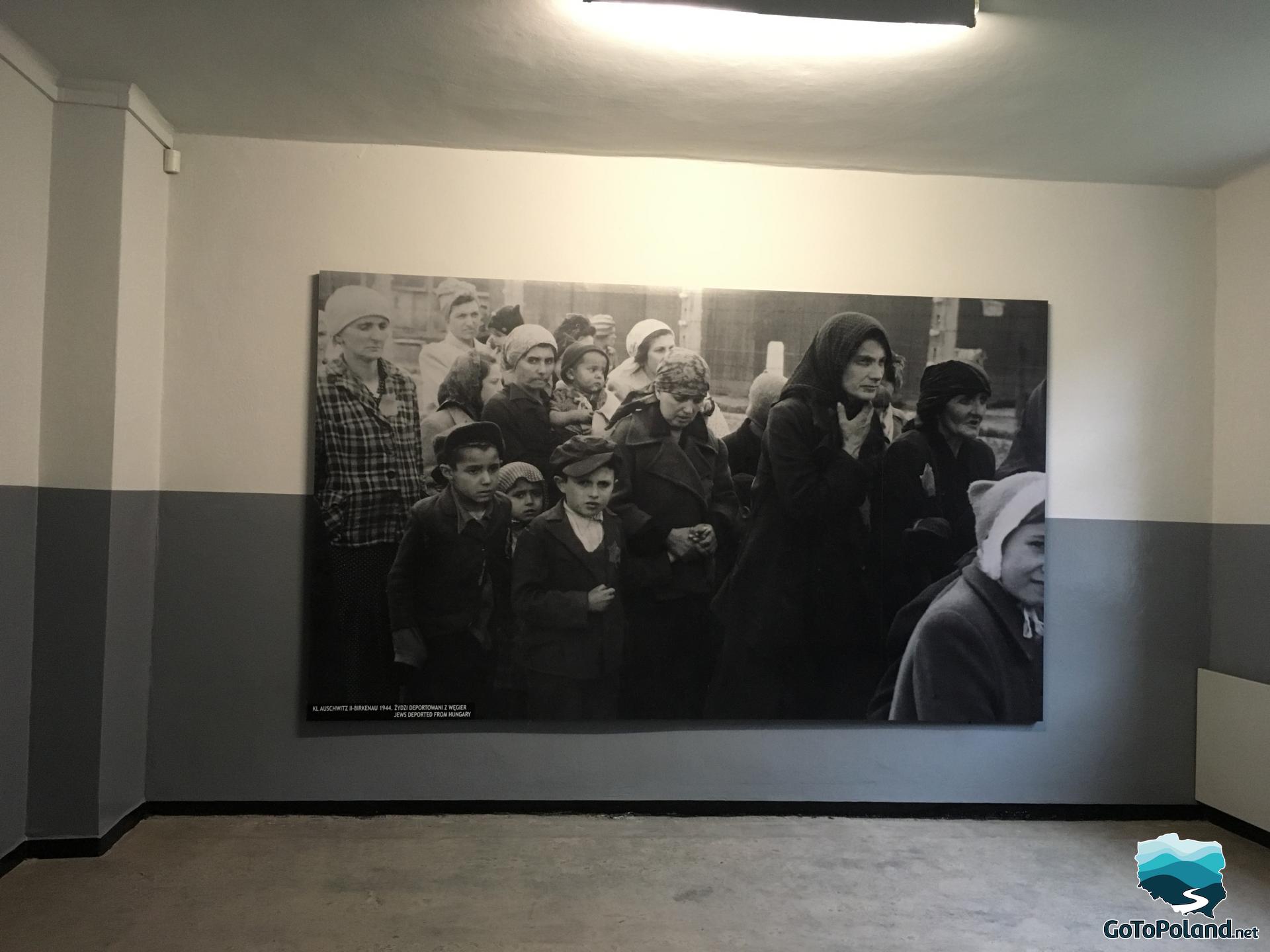
Regular selections of Jews deported to Auschwitz for extermination began in mid-1942 (railway ramps). After the train arrived, the SS men ordered everyone to go outside. While forming columns, men and women with small children, the prisoners listened to the SS's assurances that they would be placed in a labor camp, where all those who were sick and unable to work would be transported in trucks, while the rest would go there on foot. The calm tone of the speeches and feigned concern for the fate of the elderly usually had a calming effect.
The decision to send individual deportees to extermination or to work in the camp was made by SS doctors based on their general impression of physical condition and age of prisoners The selection lasted from one to several hours, depending on the size of the transport. Initially, trucks took those sentenced to death to the Red House or the White House, and from the spring of 1943 to new, larger gas chambers. From mid-1944, selections took place on the railway ramp inside the Birkenau camp.






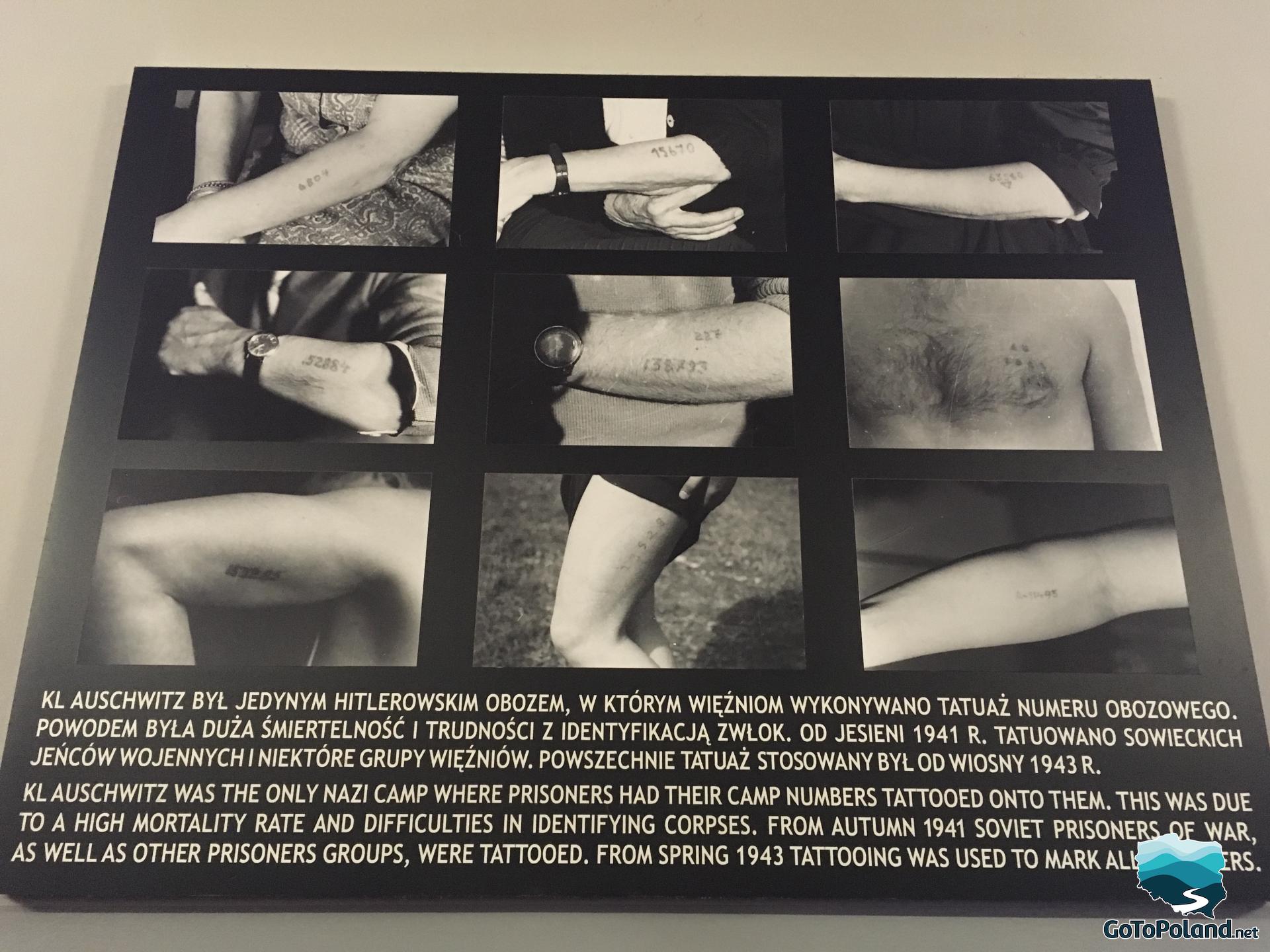
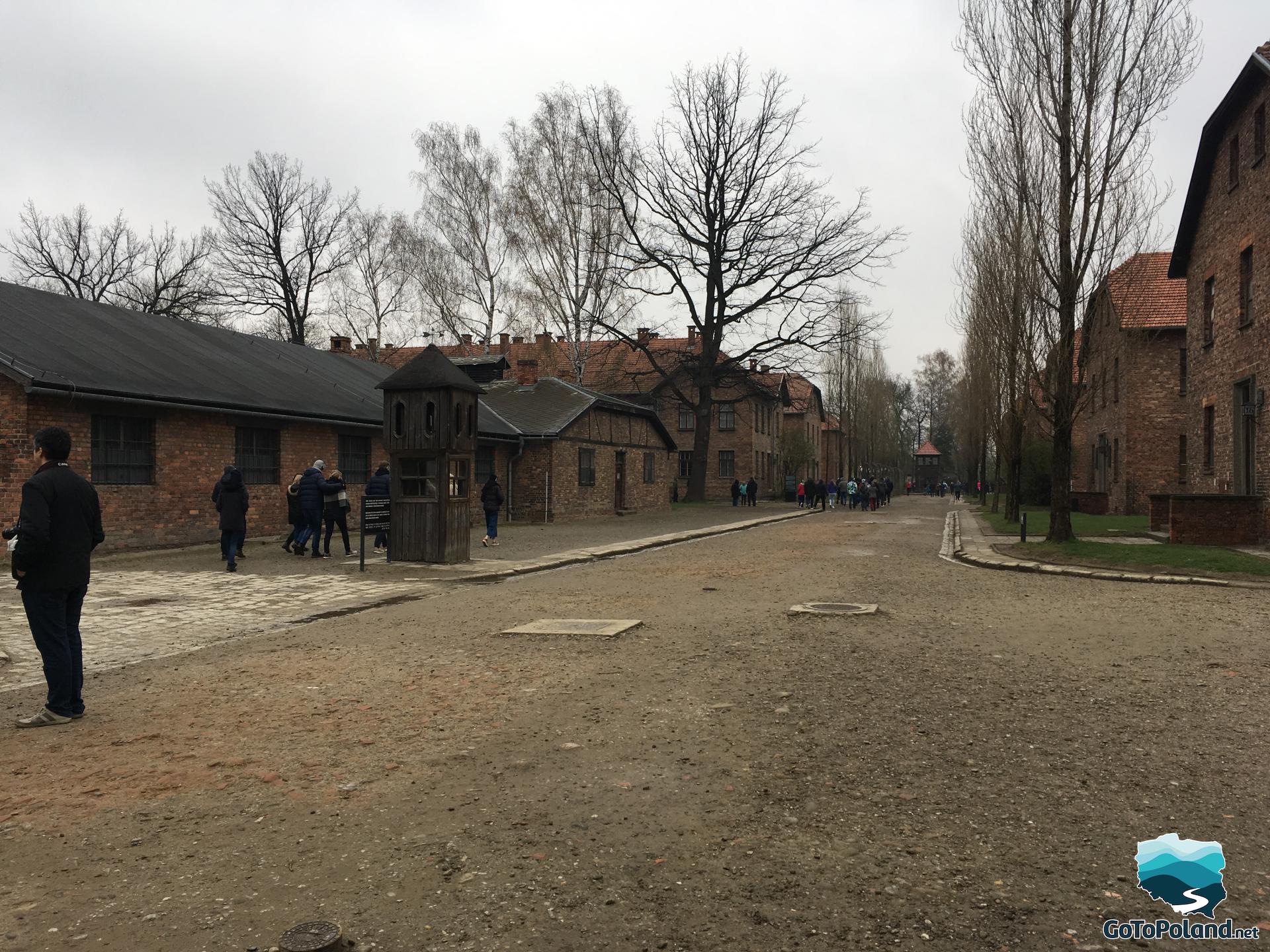



How to get to Auschwitz-Birkenau?

